
漢德百科全書 | 汉德百科全书
 European Union
European Union
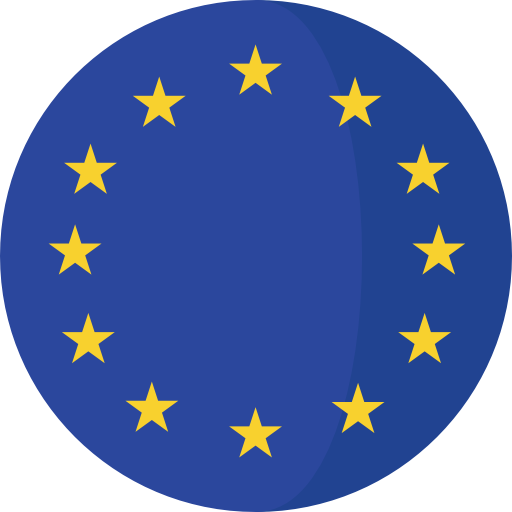
 *Track and field athletics
*Track and field athletics
 4x100 m Men
4x100 m Men
 *Track and field athletics
*Track and field athletics
 4x100 m Woman
4x100 m Woman
 *Track and field athletics
*Track and field athletics
 4x400 m Men
4x400 m Men
 Atomic bomb
Atomic bomb

 European Union
European Union
 History of the European Union
History of the European Union

 European Union
European Union
 *Founding states
*Founding states
 France
France

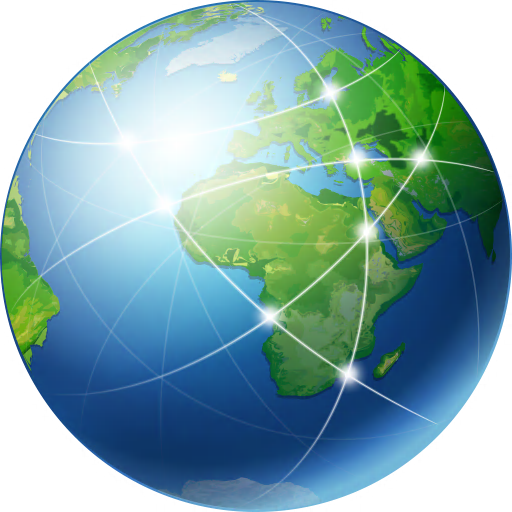 Geography
Geography

 Geography
Geography
 ***IMF Developed countries
***IMF Developed countries
 IMF Developed countries
IMF Developed countries
 IMF Developed countries
IMF Developed countries
 TOP2
TOP2
 Leichtathletik-Weltmeisterschaften
Leichtathletik-Weltmeisterschaften
 2005 Helsinki
2005 Helsinki
 Leichtathletik-Weltmeisterschaften
Leichtathletik-Weltmeisterschaften
 2003 Saint-Denis
2003 Saint-Denis
 Leichtathletik-Weltmeisterschaften
Leichtathletik-Weltmeisterschaften
 2003 Saint-Denis
2003 Saint-Denis

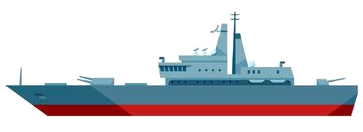
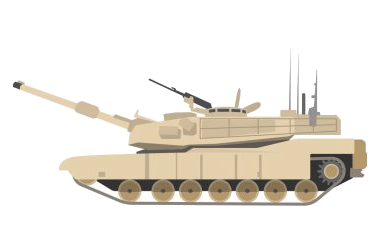
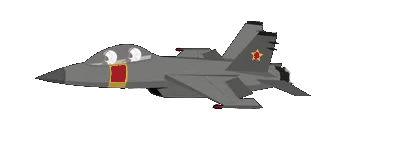
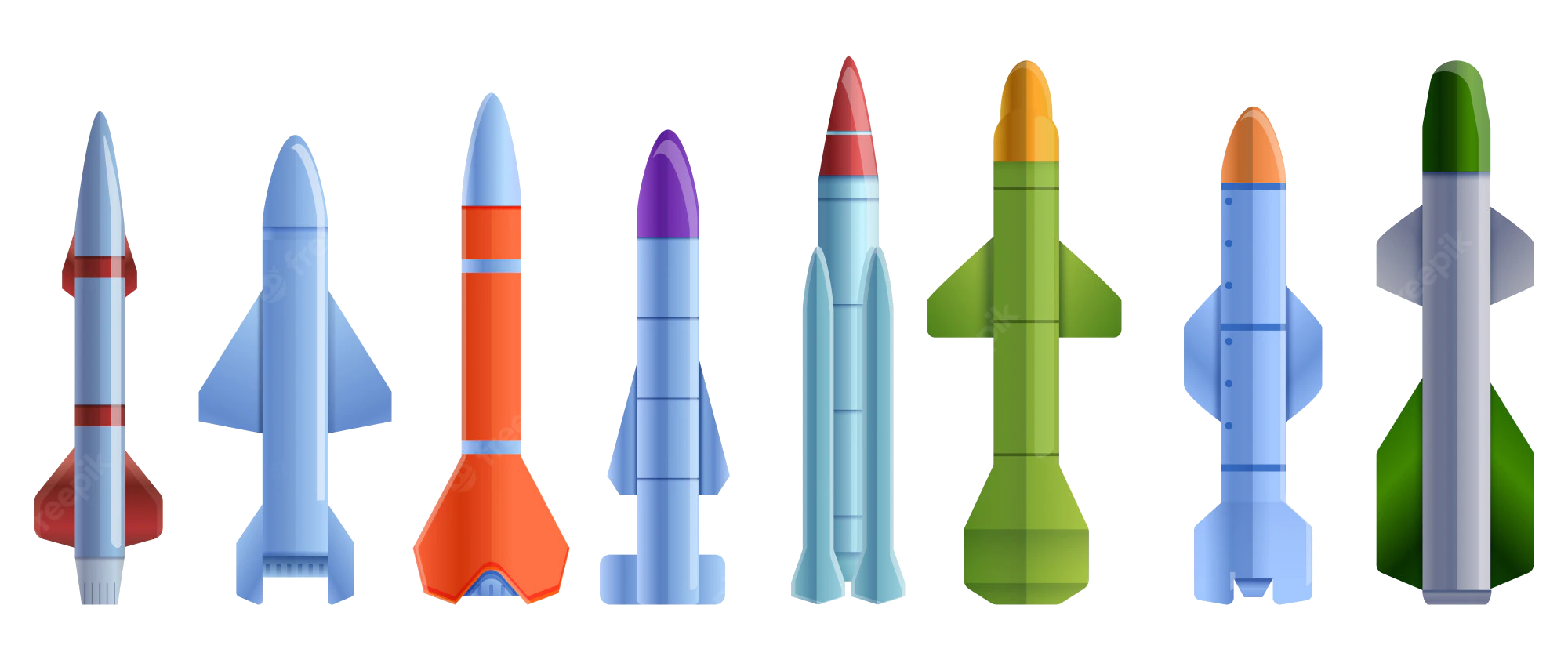 Military, defense and equipment
Military, defense and equipment
 Nuclear Weapon
Nuclear Weapon

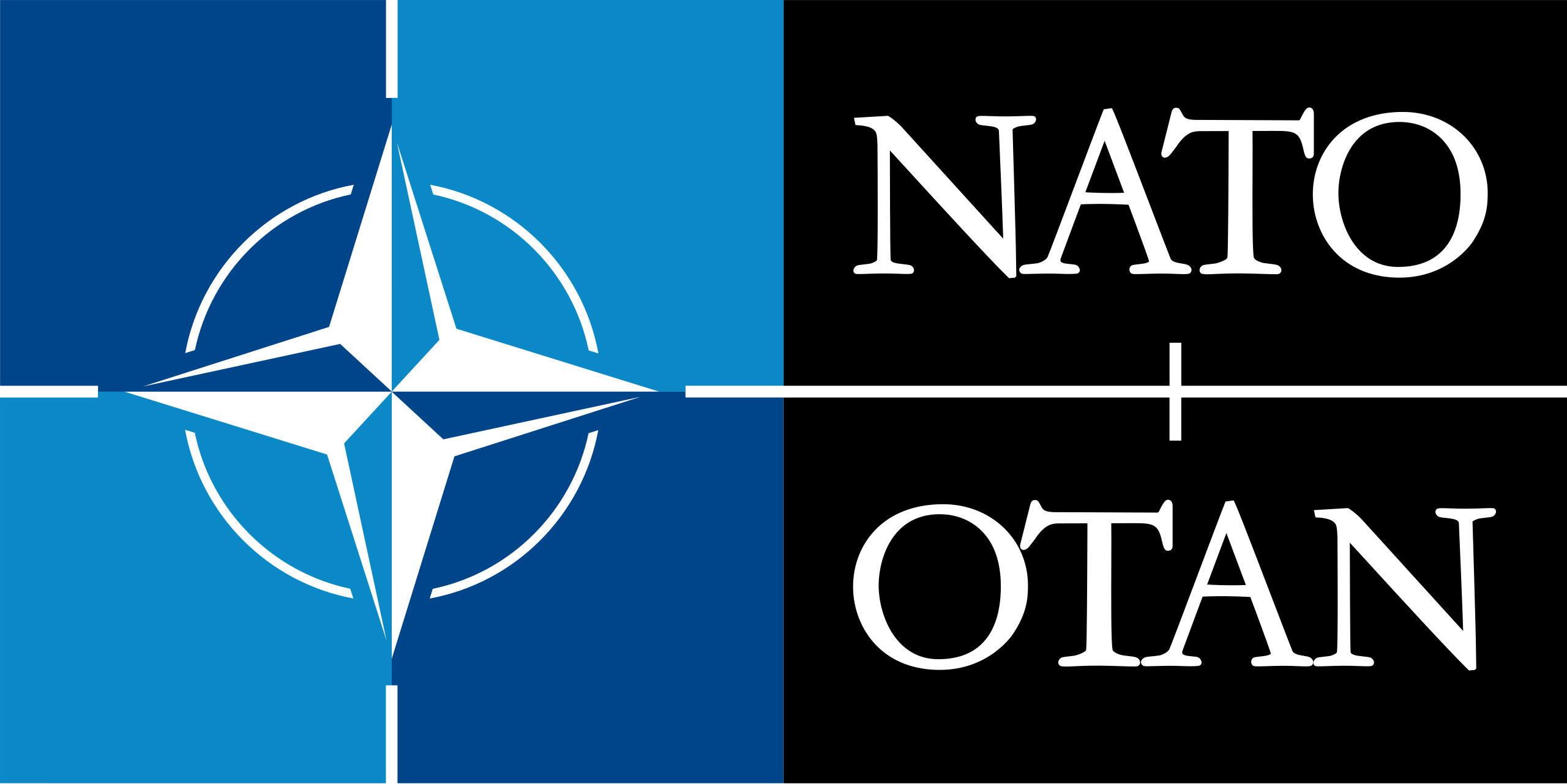 Mitglieder der NATO
Mitglieder der NATO

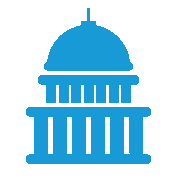 Party and government
Party and government
 Group of the twenty most important industrial and emerging countries
Group of the twenty most important industrial and emerging countries

 Party and government
Party and government
 Group of Seven,G7
Group of Seven,G7

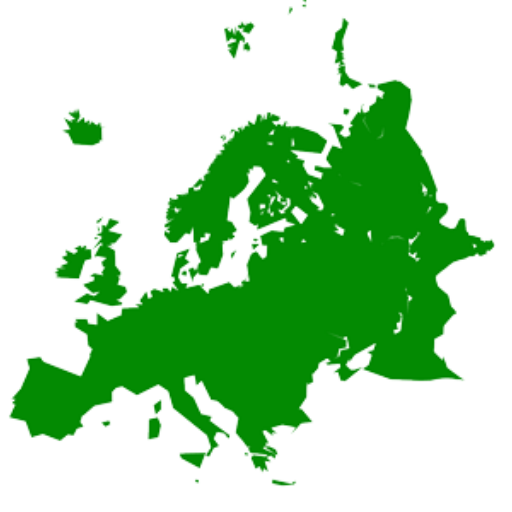 States of Europe
States of Europe

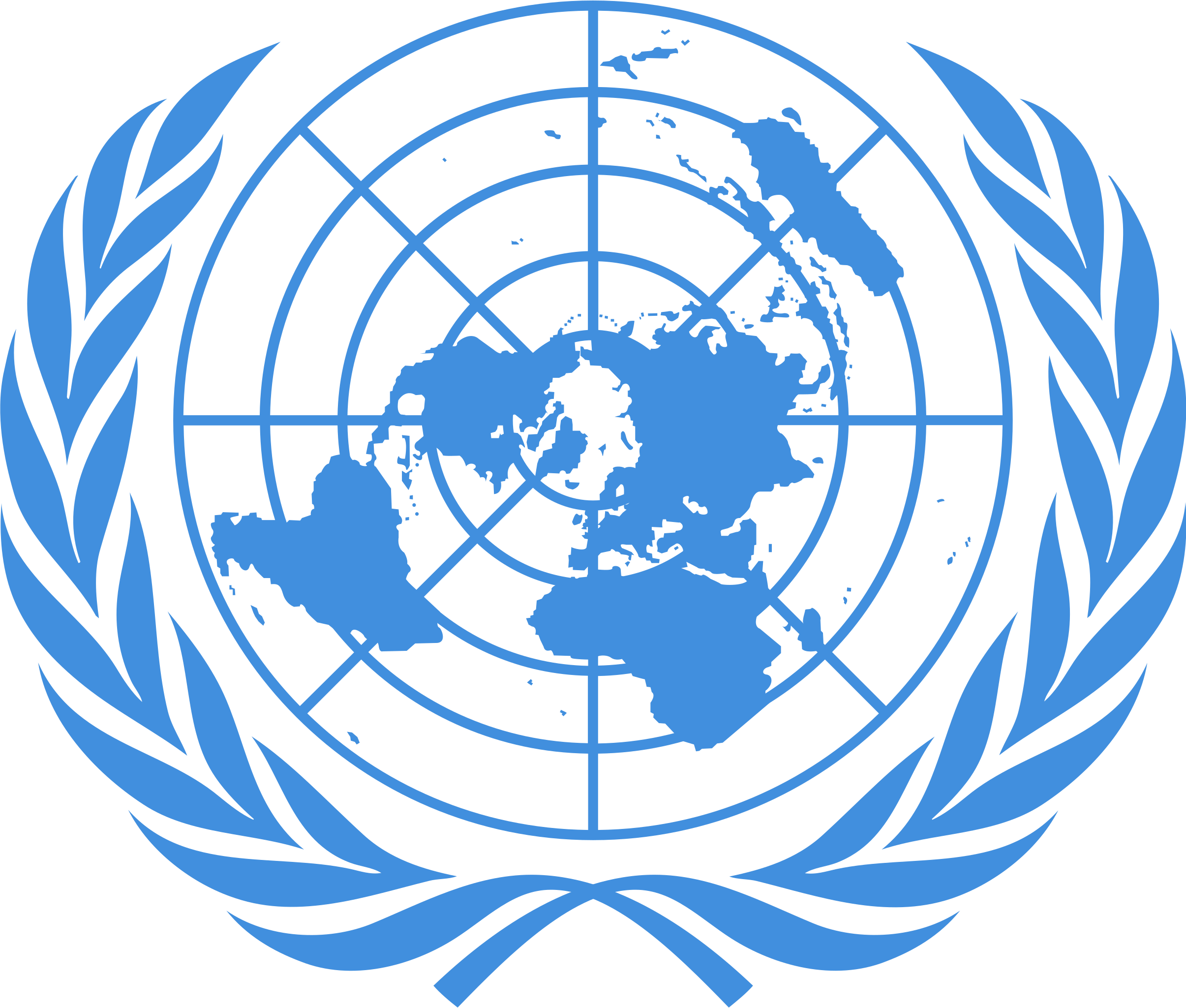 United Nations
United Nations
 United Nations Security Council
United Nations Security Council
 Hydrogen bomb
Hydrogen bomb

Frankreich ![]() [ˈfʁaŋkʁaɪ̯ç] (französisch [fʁɑ̃s], amtlich République française [ʁe.py.ˈblik fʁɑ̃.ˈsɛz], deutsch Französische Republik) ist ein demokratischer, interkontinentaler Einheitsstaat in Westeuropa mit Überseeinseln und -gebieten auf mehreren Kontinenten. Metropolitan-Frankreich, d. h. der europäische Teil des Staatsgebietes, erstreckt sich vom Mittelmeer bis zum Ärmelkanal und zur Nordsee sowie vom Rhein bis zum Atlantischen Ozean. Sein Festland wird wegen seiner Landesform als Hexagone (Sechseck) bezeichnet. Frankreich ist flächenmäßig das größte und nach Einwohnern (hinter Deutschland) das zweitgrößte Land der Europäischen Union. Es umfasst (nach Russland und der Ukraine) das drittgrößte Staatsgebiet in Europa. Paris ist die Hauptstadt und als Agglomeration mit dem Gemeindeverband Métropole du Grand Paris und den umliegenden Gebieten der Region Île-de-France größter Ballungsraum des Landes vor Lyon, Marseille, Toulouse und Lille.
[ˈfʁaŋkʁaɪ̯ç] (französisch [fʁɑ̃s], amtlich République française [ʁe.py.ˈblik fʁɑ̃.ˈsɛz], deutsch Französische Republik) ist ein demokratischer, interkontinentaler Einheitsstaat in Westeuropa mit Überseeinseln und -gebieten auf mehreren Kontinenten. Metropolitan-Frankreich, d. h. der europäische Teil des Staatsgebietes, erstreckt sich vom Mittelmeer bis zum Ärmelkanal und zur Nordsee sowie vom Rhein bis zum Atlantischen Ozean. Sein Festland wird wegen seiner Landesform als Hexagone (Sechseck) bezeichnet. Frankreich ist flächenmäßig das größte und nach Einwohnern (hinter Deutschland) das zweitgrößte Land der Europäischen Union. Es umfasst (nach Russland und der Ukraine) das drittgrößte Staatsgebiet in Europa. Paris ist die Hauptstadt und als Agglomeration mit dem Gemeindeverband Métropole du Grand Paris und den umliegenden Gebieten der Region Île-de-France größter Ballungsraum des Landes vor Lyon, Marseille, Toulouse und Lille.
Im 17. und 18. Jahrhundert hatte Frankreich eine europäische Führungsrolle und Vormachtstellung inne. Bedeutend war die politische und kulturelle Ausstrahlung: Die Hofhaltung Ludwigs XIV. wurde zum Vorbild absolutistischer Staaten in ganz Europa und die Französische Revolution mit der Erklärung der Menschen- und Bürgerrechte gab zusammen mit Okkupationen durch Napoleon Bonaparte in vielen Ländern den Auftakt zu der immer wieder von Rückschlägen unterbrochenen Entwicklung zur Demokratie. In Übersee baute Frankreich zweimal ein Kolonialreich auf. Das erste umfasste u. a. große Teile Nordamerikas und ging großenteils Mitte des 18. Jahrhunderts im Siebenjährigen Krieg verloren; das zweite mit Schwerpunkt in Afrika war im 19. und frühen 20. Jahrhundert das zweitgrößte der Welt. Im 21. Jahrhundert gilt Frankreich mit Deutschland als treibende Kraft der europäischen Integration.
Die Französische Republik wird in ihrer Verfassung als unteilbar, laizistisch, demokratisch und sozial erklärt.[7] Ihr Grundsatz lautet: „Regierung des Volkes durch das Volk und für das Volk“. Frankreich steht auf Rang 26 des Index der menschlichen Entwicklung (2019) der Vereinten Nationen.[8] Gemessen am nominalen Bruttoinlandsprodukt ist es die sechstgrößte Volkswirtschaft der Welt.[5] Die Kaufkraft pro Einwohner betrug 2016 19.254 Euro (zum Vergleich: Deutschland 21.879 Euro, Großbritannien 21.141 Euro).[9] Lebensstandard, Bildungsgrad und durchschnittliche Lebenserwartung[10] gelten als hoch. Als meistbesuchtes Land der Welt empfängt Frankreich rund 83 Millionen ausländische Touristen pro Jahr.[11][12]
Frankreich unterhält die drittstärksten Streitkräfte innerhalb der NATO und das größte Heer der Europäischen Union. Es ist eines der fünf ständigen Mitglieder des UN-Sicherheitsrates und hatte 2010 als Atommacht die weltweit dritthöchste Anzahl an Kernwaffen.[13] Das Land ist Gründungsmitglied der Europäischen Union und der Vereinten Nationen, Mitglied der Frankophonie, der G7, der G20, der NATO, der Organisation für wirtschaftliche Zusammenarbeit und Entwicklung (OECD), der Welthandelsorganisation (WTO) und der Lateinischen Union.
法兰西共和国(法语:République française [ʁepyblik fʁɑ̃sɛz]),通称法国(法语:France [fʁɑ̃s] ![]() 聆听),是本土位于西欧并具有海外大区及领地[注 16]的主权国家,自法兰西第五共和国建立以来实行单一制与半总统制,首都为欧洲大陆最大的文化与金融中心巴黎。该国本土由地中海一直延伸至英吉利海峡及北海,并由莱茵河一直延伸至大西洋,整体呈六角状。海外领土包括南美洲的法属圭亚那及分布于大西洋、太平洋和印度洋的诸岛屿。全国共分为18个大区,其中5个位于海外。法国与西班牙及摩洛哥为同时拥有地中海及大西洋海岸线的三个国家。法国的国土面积全球第四十一位,但却为欧盟及西欧国土面积最辽阔的国家,欧洲面积第三大国家。
聆听),是本土位于西欧并具有海外大区及领地[注 16]的主权国家,自法兰西第五共和国建立以来实行单一制与半总统制,首都为欧洲大陆最大的文化与金融中心巴黎。该国本土由地中海一直延伸至英吉利海峡及北海,并由莱茵河一直延伸至大西洋,整体呈六角状。海外领土包括南美洲的法属圭亚那及分布于大西洋、太平洋和印度洋的诸岛屿。全国共分为18个大区,其中5个位于海外。法国与西班牙及摩洛哥为同时拥有地中海及大西洋海岸线的三个国家。法国的国土面积全球第四十一位,但却为欧盟及西欧国土面积最辽阔的国家,欧洲面积第三大国家。
今日之法国本土于铁器时代由高卢人(凯尔特人的一支)征服,前51年又由罗马帝国吞并。486年法兰克人(日耳曼人的一支)又征服此地,其于该地域建立的早期国家最终发展成为法兰西王国。法国至中世纪末期起成为欧洲大国,国力于19-20世纪时达致巅峰,建立了世界第二大殖民帝国,亦为20世纪人口最稠密的国家[来源请求],现今则是众多前殖民地的首选移民国[8]。在漫长的历史中,法国培养了不少对人类发展影响深远的著名哲学家、文学家与科学家,亦为文化大国,具有第四多的世界遗产[9]。
フランス共和国(フランスきょうわこく、フランス語: République française、通称:フランス、France)は、西ヨーロッパ、カリブ、太平洋およびインド洋に位置する共和制国家。首都はパリ。
フランス・メトロポリテーヌ(本土)は地中海からイギリス海峡及び北海へ、ライン川から大西洋へと広がる。この他世界各地に海外地域および領土を有する。
なお、フランス・メトロポリテーヌ周辺は北東がドイツとベルギーとルクセンブルク、東をスイスとイタリア、南にスペインと国境を接している。
フランスは国際連合安全保障理事会常任理事国であり、G7・G20、欧州評議会、世界貿易機関、経済協力開発機構、北大西洋条約機構、パリクラブおよびフランコフォニー国際機関における主要なメンバーである。国際政治においてはこれらの理由から、政治・経済・文化において強力な影響を及ぼす列強の一角に数えられており、ヨーロッパにおける「ビッグ4」の1つでもある。
核拡散防止条約により核兵器の保有を認められた5つの公式核保有国の1つであり、その他にアメリカ合衆国を除けば世界で唯一の原子力空母「シャルル・ド・ゴール」や原子力潜水艦を保有しており、強力な軍事力を持っている。
GDPは名目GDP世界第7位かつ購買力平価で世界第10位・ユーロ圏ではドイツに次ぐ第2位の経済力を有する国であり、高い人間開発指数を持つ先進国として知られる。数多くの世界遺産を抱えており、世界で最も観光客の多い国の1つである。
歴史的にはデカルト、モンテスキュー、ルソー、サルトルといった哲学者やマリ・キュリー、パストゥールといった科学者、モネ、セザンヌ、ゴーギャン、クールベ、ドラクロワといった芸術家の故国もしくは活躍の舞台であり、また百年戦争やフランス革命、ナポレオン戦争といった歴史的事象の主要な舞台であった。
France (French: [fʁɑ̃s] ![]() ), officially the French Republic (French: République française),[1] is a transcontinental country spanning Western Europe and overseas regions and territories in the Americas and the Atlantic, Pacific and Indian Oceans.[XIII] Including all of its territories, France has twelve time zones, the most of any country. Its metropolitan area extends from the Rhine to the Atlantic Ocean and from the Mediterranean Sea to the English Channel and the North Sea; overseas territories include French Guiana in South America, Saint Pierre and Miquelon in the North Atlantic, the French West Indies, and several islands in Oceania and the Indian Ocean. Due to its several coastal territories, France has the largest exclusive economic zone in the world. France borders Belgium, Luxembourg, Germany, Switzerland, Monaco, Italy, Andorra and Spain in Europe, as well as the Netherlands, Suriname and Brazil in the Americas. Its eighteen integral regions (five of which are overseas) span a combined area of 643,801 km2 (248,573 sq mi) and over 67 million people (as of May 2021).[13] France is a unitary semi-presidential republic with its capital in Paris, the country's largest city and main cultural and commercial centre; other major urban areas include Lyon, Marseille, Toulouse, Bordeaux, Lille and Nice.
), officially the French Republic (French: République française),[1] is a transcontinental country spanning Western Europe and overseas regions and territories in the Americas and the Atlantic, Pacific and Indian Oceans.[XIII] Including all of its territories, France has twelve time zones, the most of any country. Its metropolitan area extends from the Rhine to the Atlantic Ocean and from the Mediterranean Sea to the English Channel and the North Sea; overseas territories include French Guiana in South America, Saint Pierre and Miquelon in the North Atlantic, the French West Indies, and several islands in Oceania and the Indian Ocean. Due to its several coastal territories, France has the largest exclusive economic zone in the world. France borders Belgium, Luxembourg, Germany, Switzerland, Monaco, Italy, Andorra and Spain in Europe, as well as the Netherlands, Suriname and Brazil in the Americas. Its eighteen integral regions (five of which are overseas) span a combined area of 643,801 km2 (248,573 sq mi) and over 67 million people (as of May 2021).[13] France is a unitary semi-presidential republic with its capital in Paris, the country's largest city and main cultural and commercial centre; other major urban areas include Lyon, Marseille, Toulouse, Bordeaux, Lille and Nice.
Inhabited since the Palaeolithic era, the territory of Metropolitan France was settled by Celtic tribes known as Gauls during the Iron Age. Rome annexed the area in 51 BC, leading to a distinct Gallo-Roman culture that laid the foundation of the French language. The Germanic Franks arrived in 476 and formed the Kingdom of Francia, which became the heartland of the Carolingian Empire. The Treaty of Verdun of 843 partitioned the empire, with West Francia becoming the Kingdom of France in 987.
In the High Middle Ages, France was a powerful but highly decentralised feudal kingdom in which the king's authority was barely felt. King Philip II achieved remarkable success in the strengthening of royal power and the expansion of his realm, defeating his rivals and doubling its size. By the end of his reign, the kingdom had emerged as the most powerful state in Europe. From the mid-14th to the mid-15th century, France was plunged into a series of dynastic conflicts for the French throne, collectively known as the Hundred Years' War, and a distinct French identity emerged as a result. The French Renaissance saw art and culture flourish, various wars with rival powers, and the establishment of a global colonial empire, which by the 20th century would become the second-largest in the world.[14] The second half of the 16th century was dominated by religious civil wars between Catholics and Huguenots that severely weakened the country. But France once again emerged as Europe's dominant cultural, political and military power in the 17th century under Louis XIV following the Thirty Years' War.[15] Inadequate economic policies, an inequitable taxation system as well as endless wars (notably a defeat in the Seven Years' War and costly involvement in the American War of Independence), left the kingdom in a precarious economic situation by the end of the 18th century. This precipitated the French Revolution of 1789, which overthrew the absolute monarchy, replaced the Ancien Régime with one of history's first modern republics and produced the Declaration of the Rights of Man and of the Citizen, which expresses the nation's ideals to this day.
France reached its political and military zenith in the early 19th century under Napoleon Bonaparte, subjugating much of continental Europe and establishing the First French Empire. The French Revolutionary and Napoleonic Wars shaped the course of European and world history. The collapse of the empire initiated a period of relative decline, in which France endured a tumultuous succession of governments until the founding of the French Third Republic during the Franco-Prussian War in 1870. Subsequent decades saw a period of optimism, cultural and scientific flourishing, as well as economic prosperity known as the Belle Époque. France was one of the major participants of World War I, from which it emerged victorious at great human and economic cost. It was among the Allied powers of World War II, but was soon occupied by the Axis in 1940. Following liberation in 1944, the short-lived Fourth Republic was established and later dissolved in the course of the Algerian War. The current Fifth Republic was formed in 1958 by Charles de Gaulle. Algeria and most French colonies became independent in the 1960s, with the majority retaining close economic and military ties with France.
France retains its centuries-long status as a global centre of art, science and philosophy. It hosts the fifth-largest number of UNESCO World Heritage Sites and is the world's leading tourist destination, receiving over 89 million foreign visitors in 2018.[16] France is a developed country with the world's seventh-largest economy by nominal GDP and ninth-largest by PPP; in terms of aggregate household wealth, it ranks fourth in the world.[17] France performs well in international rankings of education, health care, life expectancy and human development.[18][19] It remains a great power in global affairs,[20] being one of the five permanent members of the United Nations Security Council and an official nuclear-weapon state. France is a founding and leading member of the European Union and the Eurozone,[21] as well as a key member of the Group of Seven, North Atlantic Treaty Organization (NATO), Organisation for Economic Co-operation and Development (OECD) and La Francophonie.
La France (Écouter), en forme longue depuis 1875 la République française (Écouter), est un État souverain transcontinental dont le territoire métropolitain est situé en Europe de l'Ouest et dont le territoire ultramarin est situé dans les océans Indien, Atlantique et Pacifique ainsi qu'en Amérique du Sud. Il s'agit de l'unique pays au monde à s'étendre sur treize fuseaux horaires. Le pays a des frontières terrestres avec la Belgique, le Luxembourg, l'Allemagne, la Suisse, l'Italie, l'Espagne et les deux principautés d'Andorre et de Monaco en Europe, auxquelles s'ajoutent les frontières terrestres avec le Brésil, le Suriname et les Pays-Bas aux Amériques. La France dispose d'importantes façades maritimes sur l'Atlantique, la Méditerranée, le Pacifique et l'océan Indien, lui permettant de bénéficier de la plus vaste zone économique exclusive du monde6.
La France est une république constitutionnelle unitaire ayant un régime semi-présidentiel. La devise de la République est depuis 1875 « Liberté, Égalité, Fraternité » et son drapeau est constitué des trois couleurs nationales : bleu, blanc, rouge. Son hymne national est La Marseillaise, chant patriotique hérité de la Révolution française. Son principe constitutif est la démocratie : le « gouvernement du peuple, par le peuple et pour le peuple ». Elle a pour capitale Paris et pour langue officielle le français depuis 1539, remplaçant le latin. Ses monnaies sont l'euro depuis 2002 dans la majeure partie du pays et le franc Pacifique dans ses territoires de l'océan Pacifique.
La France s'appelle ainsi depuis 1214, lorsque les troupes du roi Philippe Auguste battent celles de l’empereur germanique à Bouvines. La France tire son nom des

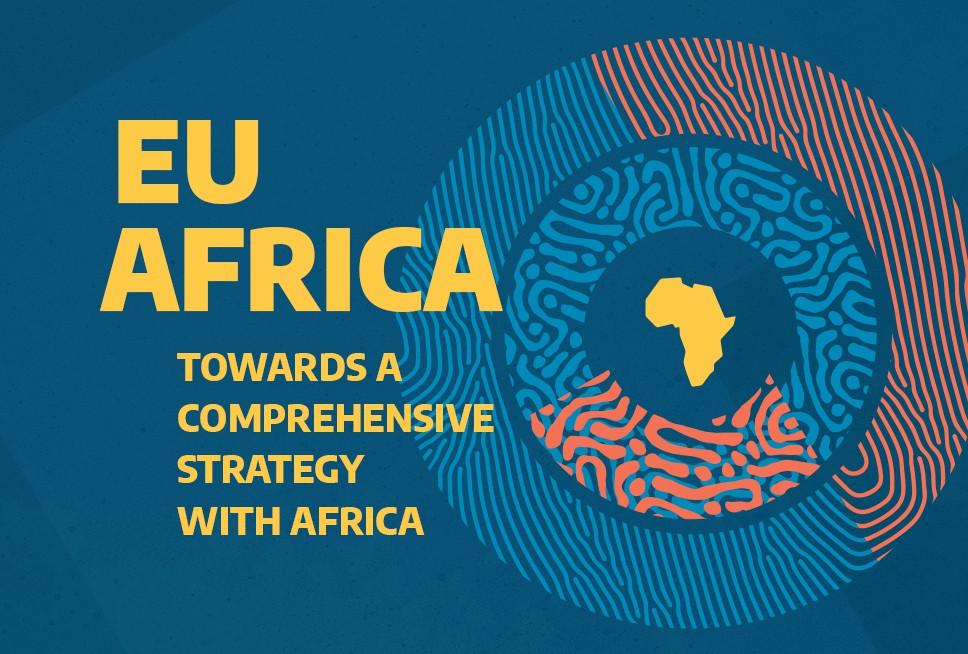

 EU-Kommissar 2019-2024
EU-Kommissar 2019-2024
 Handel
Handel

 European Union
European Union
 EU Commissioner 2014-2019
EU Commissioner 2014-2019
 Europäische Volkspartei EVP
Europäische Volkspartei EVP
 President or Chairman
President or Chairman
 Irland
Irland
 Associated Directorates-General 2019-2024
Associated Directorates-General 2019-2024
 Generaldirektion Handel
Generaldirektion Handel

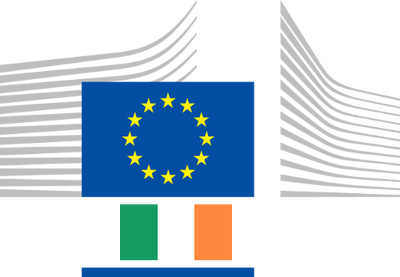

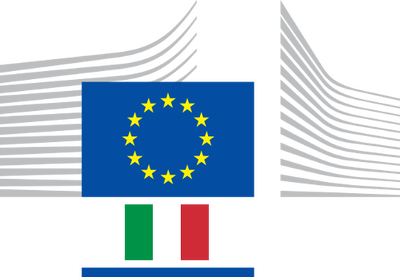
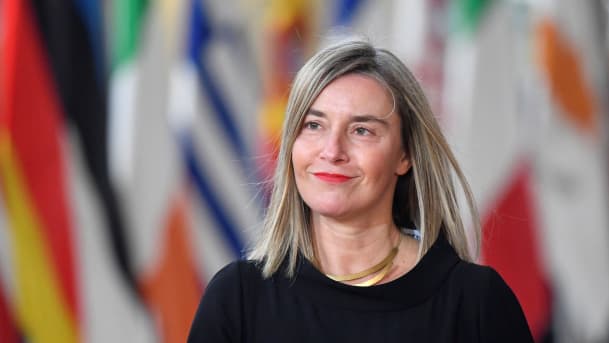
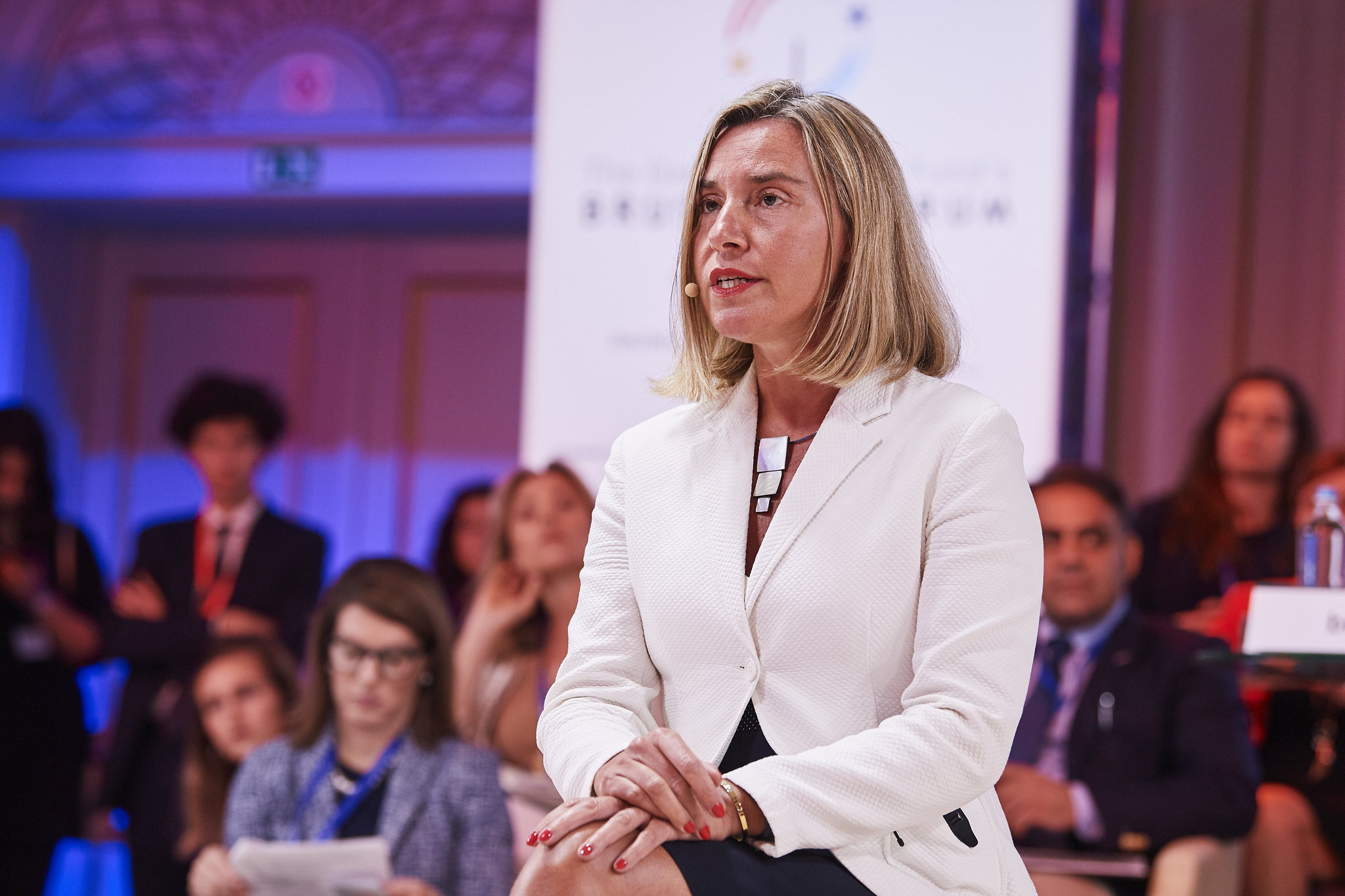
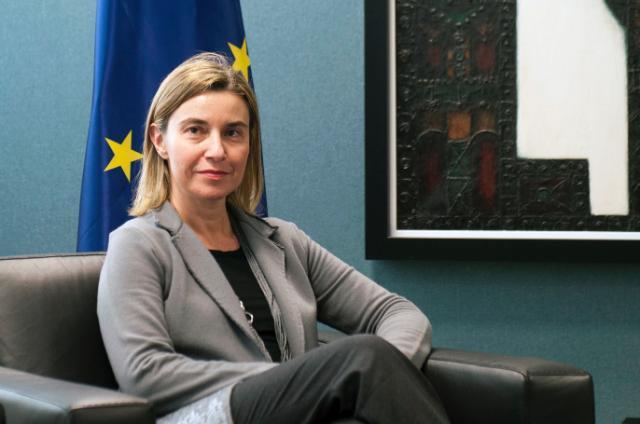

 European Union
European Union

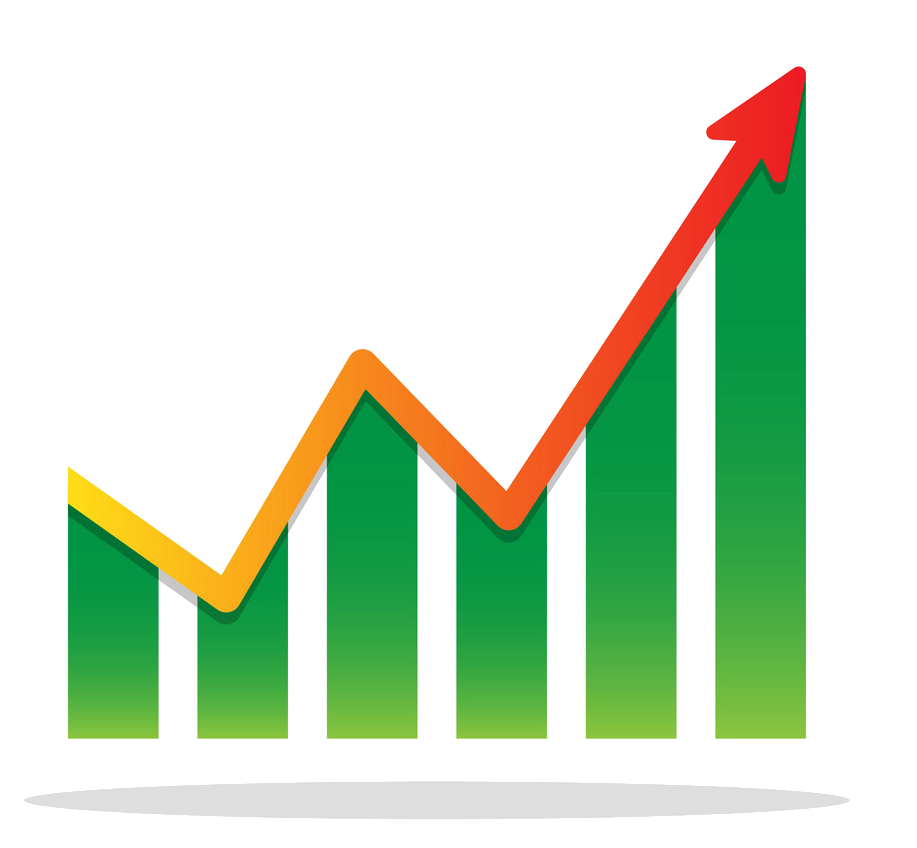 Financial
Financial

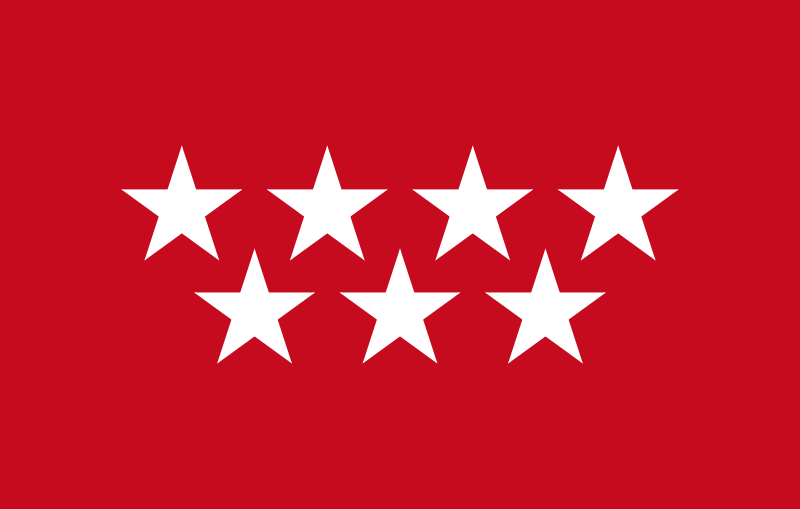 Madrid
Madrid

 Party and government
Party and government
 *Think Tank
*Think Tank

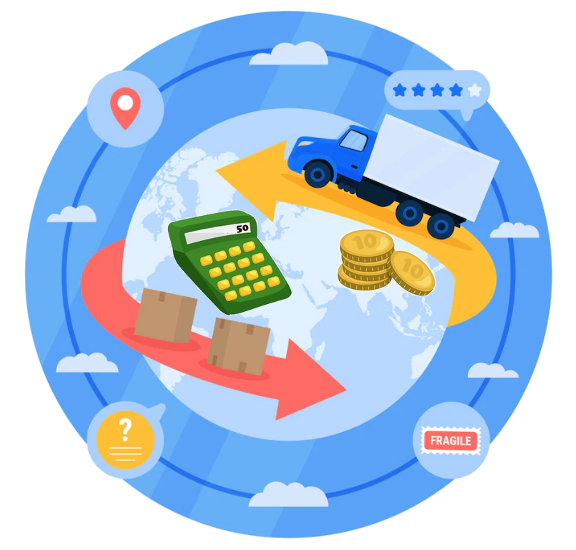 Economy and trade
Economy and trade
 Economic and political research
Economic and political research

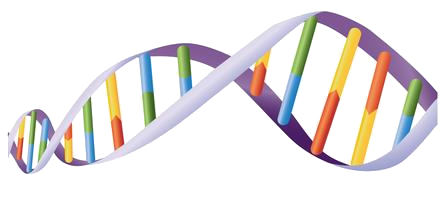 Science and technology
Science and technology

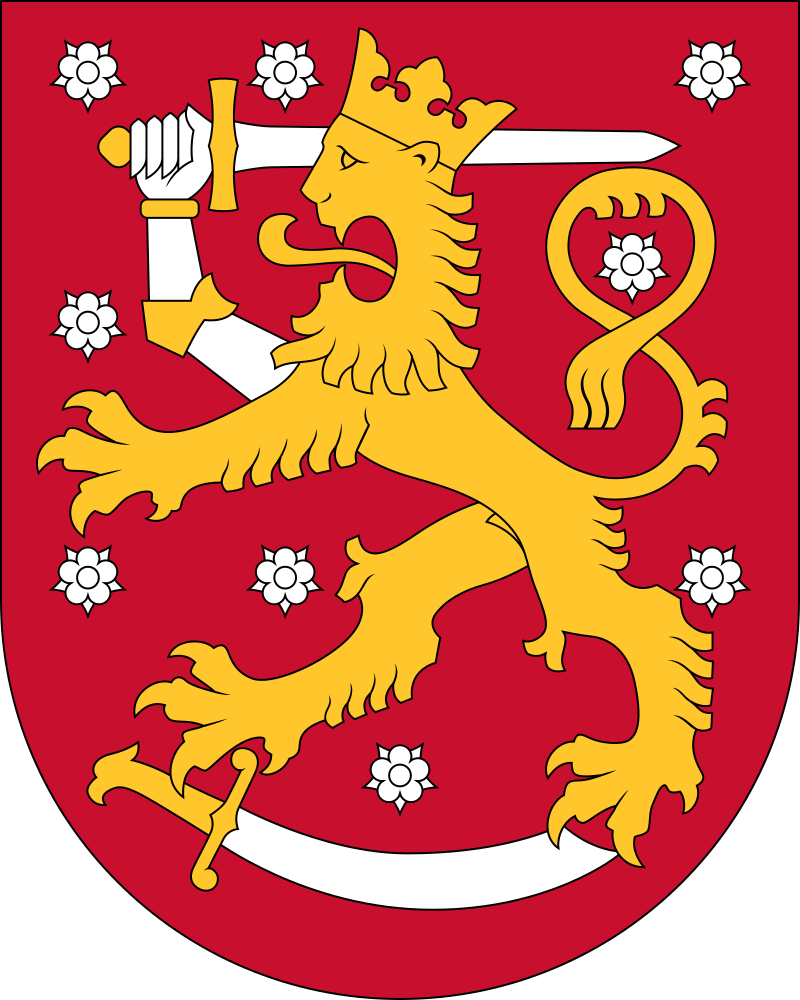



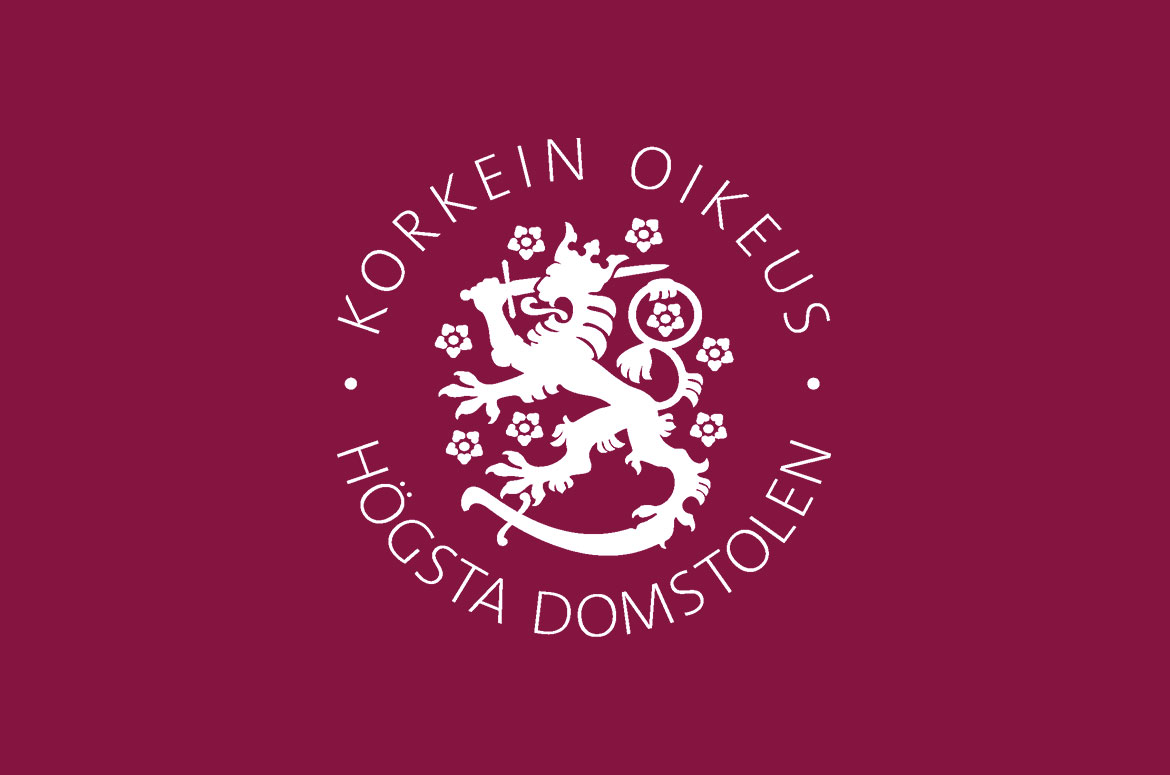
 Finland
Finland

 Geography
Geography

 Geography
Geography
 ***IMF Developed countries
***IMF Developed countries
 IMF Developed countries
IMF Developed countries
 IMF Developed countries
IMF Developed countries
 TOP5
TOP5

 States of Europe
States of Europe

Finnland (finnisch [ˈsuɔmi], schwedisch Finland [ˈfɪnland]), amtlich Republik Finnland (finnisch Suomen tasavalta, schwedisch Republiken Finland) ist eine parlamentarische Republik in Nordeuropa und seit 1995 Mitglied der Europäischen Union. Finnland grenzt an Schweden, Norwegen, Russland und die Ostsee.
Mit etwa 5,5 Millionen Einwohnern auf einer Fläche fast so groß wie Deutschland gehört Finnland zu den am dünnsten besiedelten Ländern Europas. Der Großteil der Bevölkerung lebt im Süden des Landes mit der Hauptstadt Helsinki sowie den Großstädten Espoo, Tampere, Vantaa und Turku. Die beiden Amtssprachen sind Finnisch und Schwedisch, wobei 88,7 % der Bevölkerung finnisch- und 5,3 % schwedischsprachig sind. Die schwedischsprachige Inselgruppe Åland hat einen weitreichenden Autonomiestatus.
Seit dem Ende der letzten Kaltzeit ist in Finnland Besiedlung nachweisbar. Ab der Völkerwanderungszeit kam Finnland über den sich ausweitenden Ostseehandel stärker in Kontakt mit dem übrigen Europa; im Hochmittelalter wurde es christianisiert. Über Jahrhunderte hinweg war Finnland integraler Teil Schwedens, bevor es im 18. Jahrhundert zunehmend in den Einflussbereich des expandierenden Russischen Kaiserreiches geriet und ihm 1809 als Großfürstentum Finnland eingegliedert wurde. Mit der Einführung des Frauenwahlrechts 1906 war Finnland das erste Land in Europa, in dem das aktive Frauenwahlrecht auf nationaler Ebene eingeführt wurde, und weltweit war es nach Neuseeland und Australien der dritte Staat. Beim passiven Wahlrecht ist Finnlands Spitzenstellung noch deutlicher: Erstmals weltweit wurden Frauen in ein Parlament gewählt.
Erst der Sturz des russischen Kaisers und die anschließende Oktoberrevolution 1917 ermöglichten Finnland die Loslösung von Russland. Am 6. Dezember 1917 wurde vom finnischen Parlament die Unabhängigkeit erklärt.
芬兰共和国(芬兰语:Suomen tasavalta,瑞典语:Republiken Finland),通称“芬兰”(芬兰语:Suomi,瑞典语:Finland,![]() 双语发音 帮助·信息),是北欧国家,也是个双语国家,瑞典语和芬兰语平等成为芬兰官方语言。陆地上与瑞典、挪威和俄罗斯接壤,西南面被波罗的海环绕,东南部为芬兰湾,西面则为波的尼亚湾。芬兰是世界高度的发达国家和福利国家,国民享有极高标准的生活品质。联合国公布的《世界幸福感报告》中芬兰在2018至2020年连续三年排为世界上最幸福的国家[8][9][10]。
双语发音 帮助·信息),是北欧国家,也是个双语国家,瑞典语和芬兰语平等成为芬兰官方语言。陆地上与瑞典、挪威和俄罗斯接壤,西南面被波罗的海环绕,东南部为芬兰湾,西面则为波的尼亚湾。芬兰是世界高度的发达国家和福利国家,国民享有极高标准的生活品质。联合国公布的《世界幸福感报告》中芬兰在2018至2020年连续三年排为世界上最幸福的国家[8][9][10]。
フィンランド共和国(フィンランドきょうわこく、フィンランド語: Suomen tasavalta、スウェーデン語: Republiken Finland)、通称フィンランドは、北ヨーロッパに位置する共和制国家。北欧諸国のひとつであり、西はスウェーデン、北はノルウェー、東はロシアと隣接し、南はフィンランド湾を挟んでエストニアが位置している。
首都ヘルシンキは露仏同盟以来、ロシアの主要都市であるサンクトペテルブルク方面へ西側諸国が投資や往来をするための前線基地となってきた。同じく直近の旧領ヴィボルグはサイマー運河の出口であったが、現在はロシア領で、ノルド・ストリームの経由地となっている。ロシアと欧州諸国の間にある地政学的な重要性から、たびたび勢力争いの舞台や戦場になってきた。
中立的外交の裏では、外交・安全保障やエネルギー政策を巡り東西の綱引きが行われている。国内には原子力発電所があり、オンカロ処分場が2020年に開設されれば世界初の使用済み核燃料の最終処分場となる。情報産業も政治と関係しており、公職経歴者が民間企業の幹部になる例として、エスコ・アホという首相経験者がノキア取締役を務めているようなことがある。
人口や経済規模は小さいが、一人当たりGDPなどを見ると豊かで自由な民主主義国として知られている。フィンランドは2014年のOECDレビューにおいて「世界でもっとも競争的であり、かつ市民は人生に満足している国のひとつである」と報告された[1]。フィンランドは収入、雇用と所得、住居、ワークライフバランス、保健状態、教育と技能、社会的結びつき、市民契約、環境の質、個人の安全、主観的幸福の各評価において、すべての点でOECD加盟国平均を上回っている[1]。
Finland (Finnish: Suomi [ˈsuo̯mi] (![]() listen); Swedish: Finland [ˈfɪ̌nland] (
listen); Swedish: Finland [ˈfɪ̌nland] (![]() listen), Finland Swedish: [ˈfinlɑnd]), officially the Republic of Finland (Finnish: Suomen tasavalta, Swedish: Republiken Finland (
listen), Finland Swedish: [ˈfinlɑnd]), officially the Republic of Finland (Finnish: Suomen tasavalta, Swedish: Republiken Finland (![]() listen to all)),[note 1] is a Nordic country in Northern Europe bordering the Baltic Sea, Gulf of Bothnia, and Gulf of Finland, between Sweden to the west, Russia to the east, Estonia to the south, and north-eastern Norway to the north. The capital and largest city is Helsinki. Other major cities are Espoo, Tampere, Vantaa, Oulu, Turku, Jyväskylä, Lahti and Kuopio.
listen to all)),[note 1] is a Nordic country in Northern Europe bordering the Baltic Sea, Gulf of Bothnia, and Gulf of Finland, between Sweden to the west, Russia to the east, Estonia to the south, and north-eastern Norway to the north. The capital and largest city is Helsinki. Other major cities are Espoo, Tampere, Vantaa, Oulu, Turku, Jyväskylä, Lahti and Kuopio.
Finland's population is 5.53 million as of March 2020,[7] the majority of whom live in the central and south of the country and speak Finnish, a Finnic language from the Uralic language family, unrelated to the Scandinavian languages.[8] Finland is the eighth-largest country in Europe and the most sparsely populated country in the European Union. It is a parliamentary republic of 310 municipalities,[9] and includes an autonomous region, the Åland Islands. Over 1.4 million people live in the Greater Helsinki metropolitan area, which produces one third of the country's GDP. Swedish is the second official language of Finland, which is mainly spoken in certain coastal areas and on Åland. A large majority of Finns are members of the Evangelical Lutheran Church.[10]
Finland was inhabited when the last ice age ended, approximately 9000 BC.[11] Comb Ceramic culture introduced pottery 5200 BC and Corded Ware culture coincided with the start of agriculture between 3000 and 2500 BC. The Bronze Age and Iron Age were characterised by extensive contacts with other cultures in the Fennoscandian and Baltic regions. At the time Finland had three main cultural areas – Southwest Finland, Tavastia and Karelia.[12] From the late 13th century, Finland gradually became an integral part of Sweden through the Northern Crusades and the Swedish part-colonisation of coastal Finland, a legacy reflected in the prevalence of the Swedish language and its official status.
In 1809, Finland was incorporated into the Russian Empire as the autonomous Grand Duchy of Finland. In 1906, Finland became the first European state to grant all adult citizens the right to vote, and the first in the world to give all adult citizens the right to run for public office.[13][14] Following the 1917 Russian Revolution, Finland declared itself independent. In 1918, the fledgling state was divided by civil war, with the Bolshevik-leaning Red Guard, supported by Soviet Russia, fighting the White Guard, supported by the German Empire. After a brief attempt to establish a kingdom, the country became a republic. During World War II, Finland fought the Soviet Union in the Winter War and the Continuation War and lost some land, but maintained independence.
Finland remained largely an agrarian country until the 1950s. After World War II, the war reparations demanded by the Soviet Union forced Finland to industrialise. The country rapidly developed an advanced economy while building an extensive welfare state based on the Nordic model, resulting in widespread prosperity and a high per capita income.[15] Finland is a top performer in numerous metrics of national performance, including education, economic competitiveness, civil liberties, quality of life, and human development.[16][17][18][19] In 2015, Finland was ranked first in the World Human Capital[20] and the Press Freedom Index and as the most stable country in the world during 2011–2016 in the Fragile States Index,[21] and second in the Global Gender Gap Report.[22] It also ranked first on the World Happiness Report report for 2018 and 2019.[23]
Finland joined the United Nations in 1955 and adopted an official policy of neutrality. The Finno-Soviet Treaty of 1948 gave the Soviet Union some leverage in Finnish domestic politics during the Cold War. Finland joined the OECD in 1969, the NATO Partnership for Peace in 1994,[24] the European Union in 1995, the Euro-Atlantic Partnership Council in 1997,[24] and the Eurozone at its inception in 1999.
La Finlande (en finnois : Suomi Prononciation ; en suédois : Finland), en forme longue la république de Finlande (en finnois : Suomen tasavalta ; en suédois : Republiken Finland), est un pays d'Europe du Nord, membre de l'Union européenne depuis 1995.
La Finlande est baignée par la mer Baltique, plus précisément par le golfe de Finlande au sud et par le golfe de Botnie à l'ouest et au sud-ouest. Son territoire s'étend de part et d'autre du cercle arctique dans la partie orientale de la Fennoscandie, ce qui fait d'elle un pays nordique entièrement extérieur à la Scandinavie. Composé de plus de 3 000 lacs et d'innombrables îles, parmi lesquelles celles de l'archipel autonome d'Åland, il occupe une superficie totale de 338 145 km2 entre la Norvège au nord, la Russie à l'est et la Suède au nord-nord-ouest, ce qui en fait un des plus vastes pays de l'Union européenne.
Cet espace géographique soumis à un climat rigoureux pendant l'hiver est majoritairement une zone de taïga. Les 5,3 millions d'habitants que recense la démographie nationale confèrent au pays l'une des plus faibles densités de population de toute l'Union européenne. Principalement installés dans le Sud du pays, en particulier sur la côte méridionale, où se trouve la capitale, Helsinki, mais aussi les autres municipalités les plus peuplées, à savoir Espoo et Vantaa, qui sont regroupées au sein de la Région capitale ou Grand Helsinki, les Finlandais disposent de deux langues officielles, le finnois et le suédois.
Enrichie par les apports ancestraux d'une mythologie féconde, par les Samis, ou encore par les populations autochtones de la province septentrionale de Laponie, et bien qu'elle se soit clairement occidentalisée dans la seconde moitié du XXe siècle à la suite d'une reconversion réussie de son économie (centrée sur la sylviculture, puis la métallurgie, et enfin l'électronique), la culture nationale plébiscite toujours un certain dépouillement matériel, dont le sisu et le sauna sont des symboles sûrs, ainsi qu'une culture du silence.
Longtemps sous domination du voisin suédois, sous le règne duquel fut fondée la première capitale, Turku, la Finlande demeure marquée par les nombreux conflits qui l'ont opposée durant toute son histoire récente à la Russie, puissance impérialiste dont elle est devenue un grand-duché autonome en 1809, et dont elle n'a obtenu son indépendance qu'en 1917. L'année suivante, une guerre civile ensanglante le pays, suivie de deux guerres contre l'URSS pendant la Seconde Guerre mondiale, et enfin, d'une longue tutelle soviétique indirecte durant la guerre froide, connue sous le nom de « finlandisation ».
Ces soubresauts n'ont cependant pas empêché l'établissement d'une république stable dont les réalisations sont souvent présentées en modèles, et ce en de nombreux domaines, notamment environnement et qualité de vie. La politique nationale s'articule autour d'un président de la République, Sauli Niinistö, d'un parlement unicaméral, l'Eduskunta et d'un gouvernement dirigé par la Première ministre, actuellement Sanna Marin. Le Grand-duché de Finlande, alors composante de l'Empire russe, a été le premier État en Europe à accorder le droit de vote aux femmes ainsi que le premier au monde à les rendre éligibles au même titre que les hommes. En 2009, l'étude Legatum Prosperity classe la Finlande en première position à la suite de ses performances économiques et de la qualité de vie4.
La Finlande connaît une forte période de récession à la fin des années 2000, en partie liée à l’affaiblissement de son industrie électronique (comme la chute de Nokia), la récession de son voisin russe et une crise dans l'industrie forestière. L'économie du pays se redresse néanmoins au milieu des années 2010.
La Finlandia (in finlandese: , in svedese: ), ufficialmente Repubblica di Finlandia (in finlandese: Suomen tasavalta e in svedese: Republiken Finland)[7], è un paese dell'Europa del nord, facente parte della regione nota come Fennoscandia e della penisola scandinava. Confina con la Svezia a ovest, la Norvegia a nord e la Russia ad est. Si affaccia a sud sul golfo di Finlandia, sulla cui sponda meridionale si trova l'Estonia. È uno Stato facente parte dell'Unione europea.
In Finlandia vivono 5,5 milioni di persone, per la maggior parte concentrate nelle regioni meridionali. In termini di superficie, è l'ottavo stato più grande d'Europa e lo stato con più bassa densità di popolazione nell'Unione europea. Politicamente, è una repubblica parlamentare con un governo centrale con sede nella capitale Helsinki, i governi locali in 336 comuni e una regione autonoma, le isole Åland. Circa un milione di abitanti vive nella zona della conurbazione di Helsinki (composta da Helsinki, Espoo, Kauniainen e Vantaa) e un terzo del prodotto interno lordo del paese è prodotto lì. Altre grandi città sono Tampere, Turku, Oulu, Jyväskylä, Lahti e Kuopio.
La Finlandia fece parte del Regno di Svezia dal XII secolo al 1809, quando divenne un granducato autonomo all'interno dell'Impero Russo fino alla rivoluzione del 1917. Il 6 dicembre di quell'anno la Finlandia ottenne l'indipendenza, seguita da una guerra civile terminata con la sconfitta dei "Rossi" filo-bolscevichi da parte dei filo-conservatori "Bianchi" sostenuti dall'Impero tedesco. Dopo un breve tentativo di stabilire una monarchia nello stato, la Finlandia divenne una repubblica.
L'esperienza finlandese della Seconda guerra mondiale ha coinvolto tre conflitti separati: la Guerra d'inverno (1939-1940) e la Guerra di continuazione (1941-1944) contro l'Unione Sovietica, e la Guerra di Lapponia (1944-1945) contro la Germania nazista. Dopo la fine della guerra, la Finlandia ha aderito all'Organizzazione delle Nazioni Unite (ONU) nel 1955, all'Organizzazione per la cooperazione e lo sviluppo economico (OCSE) nel 1969, all'Unione europea nel 1995 e alla zona Euro fin dal suo inizio nel 1999. Durante questo tempo, ha costruito uno stato sociale vasto in stile nordico.
La Finlandia era in ritardo rispetto all'industrializzazione, rimanendo uno stato in gran parte agricolo fino al luglio del 1949. Successivamente, lo sviluppo economico è stato rapido, tale che con un reddito pro-capite nominale di oltre 49 000 dollari statunitensi, la Finlandia è uno degli stati più ricchi del mondo. Secondo alcune misure, la Finlandia ha il miglior sistema educativo in Europa ed è stata classificata come uno degli stati più pacifici ed economicamente competitivi del mondo. È stata anche classificata come uno degli stati al mondo con la più alta qualità della vita. Secondo la rivista Newsweek la Finlandia è "il miglior stato del mondo".[8]
Finlandia, oficialmente República de Finlandia (en finés: ![]() Suomi (?·i) o Suomen Tasavalta; en sueco: Finland o Republiken Finland), es un país miembro de la Unión Europea desde 1995 y situado en el noreste de Europa. Tiene fronteras al oeste con Suecia, al este con Rusia y al norte con Noruega. Por el oeste y el sur está rodeada por el mar Báltico, que la separa de Suecia y Estonia, cruzando los golfos de Botnia y Finlandia, respectivamente. La capital y ciudad más importante del país es Helsinki.
Suomi (?·i) o Suomen Tasavalta; en sueco: Finland o Republiken Finland), es un país miembro de la Unión Europea desde 1995 y situado en el noreste de Europa. Tiene fronteras al oeste con Suecia, al este con Rusia y al norte con Noruega. Por el oeste y el sur está rodeada por el mar Báltico, que la separa de Suecia y Estonia, cruzando los golfos de Botnia y Finlandia, respectivamente. La capital y ciudad más importante del país es Helsinki.
En 2017, Finlandia contaba con una población de 5,5 millones de habitantes en un área de 338 145 km².3 La gran mayoría de la población del país se concentra en el extremo sur, en la costa del golfo de Finlandia y sus alrededores (incluyendo el Área Metropolitana de Helsinki). Finlandia es el sexto país más extenso de Europa y cuenta con una densidad poblacional baja de 16 habitantes por km², lo que le convierte en el menos densamente poblado de la Unión Europea. La mayoría de los finlandeses hablan finés (o finlandés) como su lengua materna, la cual es una de las pocas lenguas oficiales de la Unión Europea que no descienden de la familia indoeuropea. La segunda lengua oficial de Finlandia es el sueco, hablado como lengua materna por el 5,6% de la población.4
Finlandia fue parte de Suecia hasta que en 1809 fue anexionada por el Imperio ruso, pasando a ser el gran ducado de Finlandia (entidad autónoma de Rusia hasta 1917, cuando obtuvo la independencia). Actualmente, Finlandia es una república parlamentaria y democrática, y es miembro de las Naciones Unidas desde 1955, así como de la Unión Europea desde 1995. La economía finlandesa es una de las más prósperas de Europa, basándose en los importantes sectores de servicios, así como de manufactura. En el país existe un estado del bienestar, así como una política altamente democrática y con niveles sumamente bajos de corrupción.
Финля́ндия (фин. Suomi, швед. Finland, произношение на обоих языках ; официально — Финля́ндская Респу́блика, фин. Suomen tasavalta, швед. Republiken Finland[5]) — государство в Северной Европе.
Население (оценка 2017 года) — 5 560 000 человек, площадь территории — 338 430,53 км². Занимает 114-е место по количеству населения и 64-е по территории в мире.
Столица и крупнейший город — Хельсинки.
Государственные языки — финский и шведский. Частота использования жителями Финляндии того или иного государственного языка варьируется на разных территориях (например, на Аландских островах в качестве официального языка используется лишь шведский, а на севере страны и вовсе преобладают саамские языки).
Парламентская республика. С 5 февраля 2012 года пост президента занимает Саули Нийнистё.
С 6 декабря 1917 года является независимым государством (2017 год объявлен годом
 Law
Law
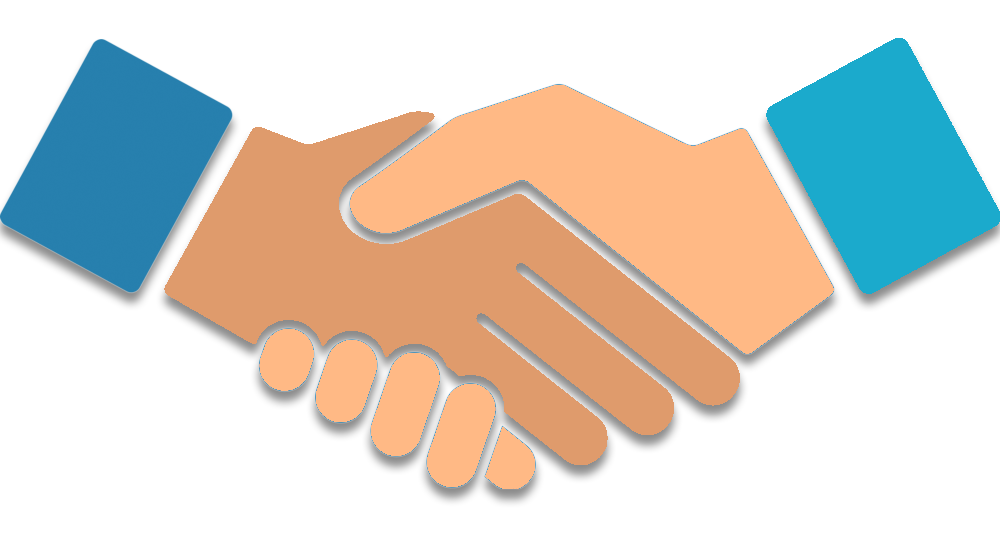 Hand in Hand
Hand in Hand